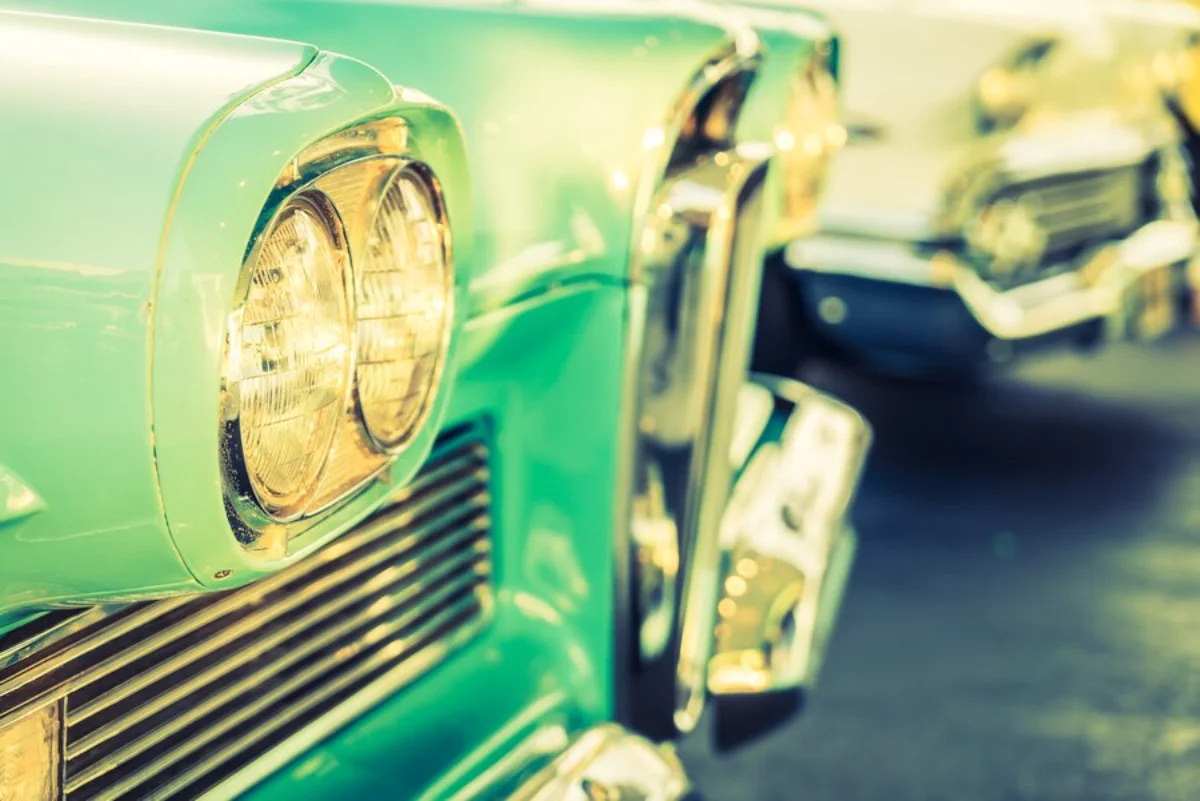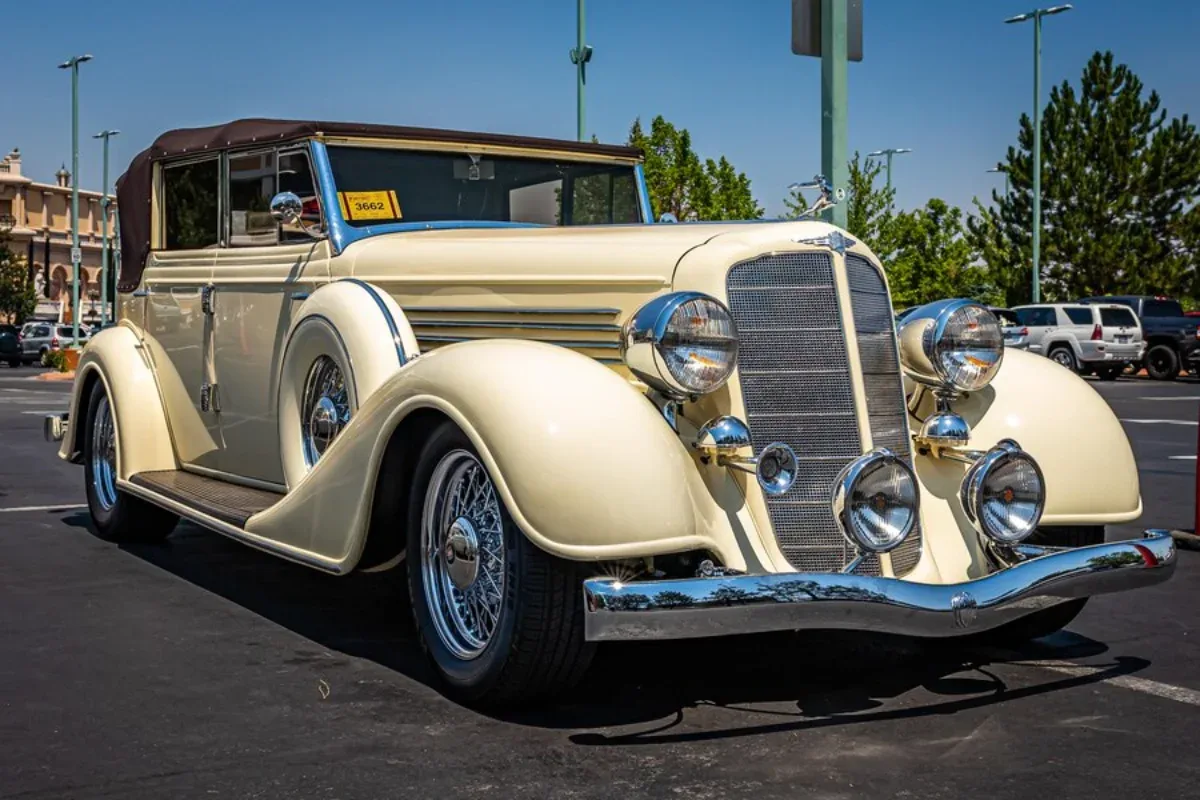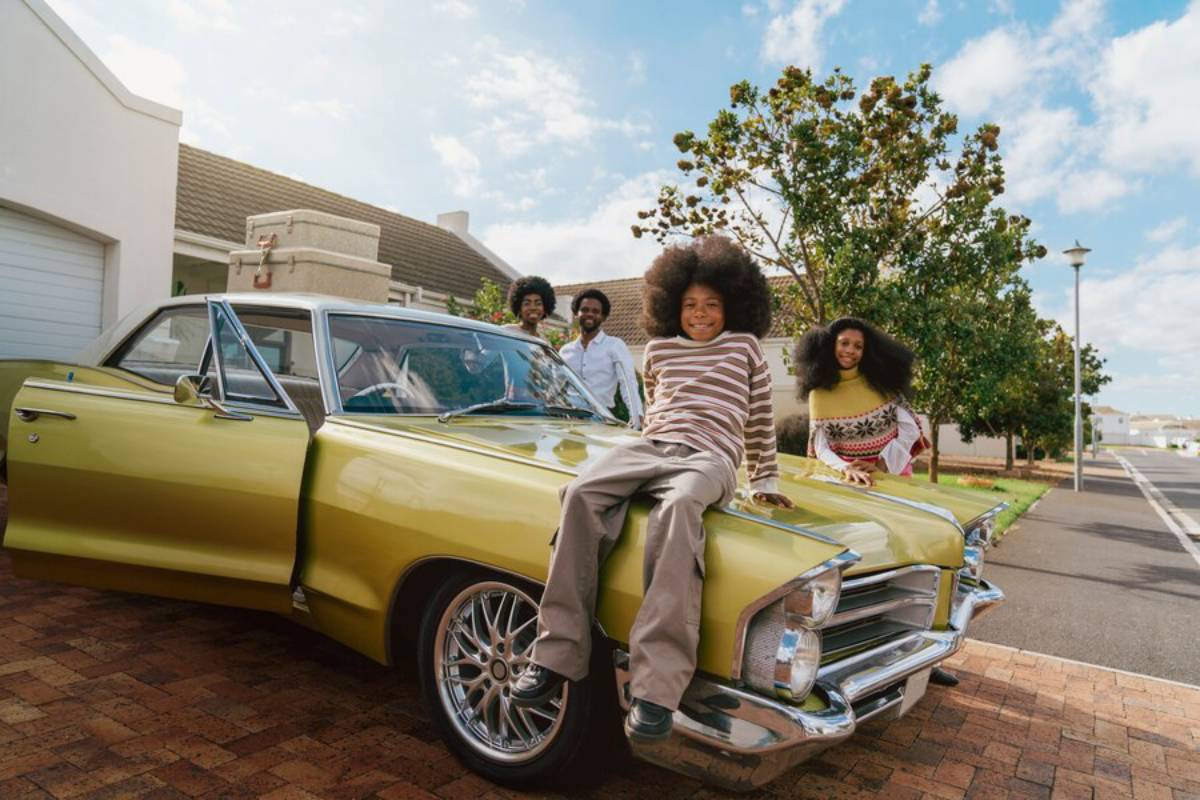
The Role of Classic Cars in Modern Pop Culture
Classic cars are more than mechanical masterpieces—they’re cultural icons. From film and fashion to music videos and social media, vintage vehicles continue to influence the way we define style, status, and nostalgia in the 21st century.
In this article, we explore the evolving role of classic cars in pop culture, unpack why the vintage car appeal remains as strong as ever, and examine how automotive culture continues to leave its mark across media, design, and everyday life.
Classic Cars in Film and Television
Some of the most memorable characters in film history aren’t human—they’re cars. Classic vehicles have long played starring roles in Hollywood, often becoming as iconic as the actors themselves.
Iconic Film Appearances:
- 1968 Ford Mustang GT Fastback in Bullitt – The car chase that set the standard
- DeLorean DMC-12 in Back to the Future – A cult sci-fi symbol and time machine in one
- 1961 Ferrari 250 GT California in Ferris Bueller’s Day Off – A nod to sophistication and youthful rebellion
- 1977 Pontiac Trans Am in Smokey and the Bandit – A symbol of freedom and fun
These vehicles didn’t just support the story—they became an integral part of the cinematic experience, helping define eras and characters.
Television Impact:
Classic cars are also featured heavily in TV shows like Knight Rider, The Dukes of Hazzard, and Miami Vice, elevating the mystique of certain models and embedding them into pop culture memory.
Music and the Motoring Lifestyle
From rock ‘n’ roll in the 1950s to hip-hop today, music and motoring have gone hand in hand.
Songs That Celebrate the Car:
- “Little Deuce Coupe” by The Beach Boys
- “Mustang Sally” by Wilson Pickett
- “Low Rider” by War
- “Drive My Car” by The Beatles
Classic cars have become visual staples in music videos, album covers, and stage designs. Whether it’s a Cadillac convertible cruising down an open highway or a tricked-out Impala in a rap video, cars symbolise freedom, success, and rebellion across musical genres.
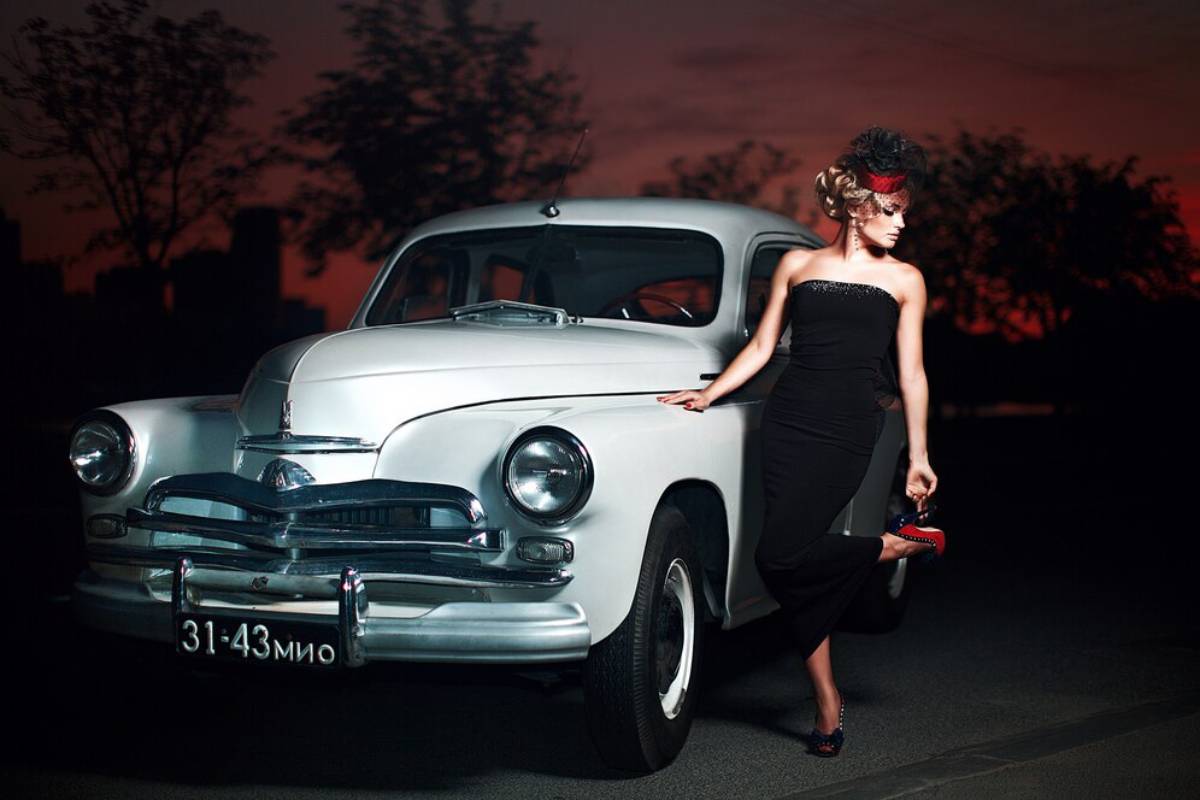
Fashion, Photography, and the Aesthetic of Nostalgia
The vintage car appeal isn’t just mechanical—it’s visual. Classic cars are used in high-end fashion shoots, streetwear campaigns, and editorial spreads to evoke timeless elegance or gritty Americana.
Why They Work in Fashion:
- Their sleek lines and bold colours add cinematic flair
- They represent craftsmanship and luxury
- They tap into a collective nostalgia for a bygone era
Social media influencers and lifestyle brands often use classic vehicles as backdrops, recognising that these cars add immediate character, style, and a sense of authenticity to visual storytelling.
Social Media and the Revival of Automotive Culture
Platforms like Instagram, TikTok, and YouTube have brought automotive culture to new audiences, often younger ones who weren’t even born when these cars first hit the road.
Digital Trends:
- Restoration reels and “barn find” videos garner millions of views
- The car meets and vintage shows are live-streamed globally
- Classic car pages amass huge followings with curated imagery
What’s driving the interest? In part, a hunger for craftsmanship, storytelling, and analogue experiences in an increasingly digital world.
Classic Cars in Gaming and Virtual Reality
From Gran Turismo and Forza Horizon to mobile racing games, classic cars are everywhere in the gaming world. Gamers can collect, race, and customise vintage vehicles in incredibly detailed simulations.
Why It Matters:
- It introduces classic models to younger generations
- It builds familiarity and appreciation for vintage design
- It extends the lifestyle aspect of car culture into the virtual space
This gamification of classic cars in pop culture helps preserve their legacy—and grow their fanbase.

The Rise of Retro-Inspired Design
Car manufacturers, fashion houses, and tech brands alike are leaning toward retro aesthetics. You’ll see it in everything from modern Mini Coopers to the revival of the Ford Bronco.
Classic Influence on Modern Design:
- Rounded fenders, chrome accents, and throwback grilles
- Retro-inspired dashboards in new EVs
- Apparel collections themed around iconic marques like Porsche or Shelby
The design language of vintage vehicles continues to inspire new creations that blend nostalgia with innovation.
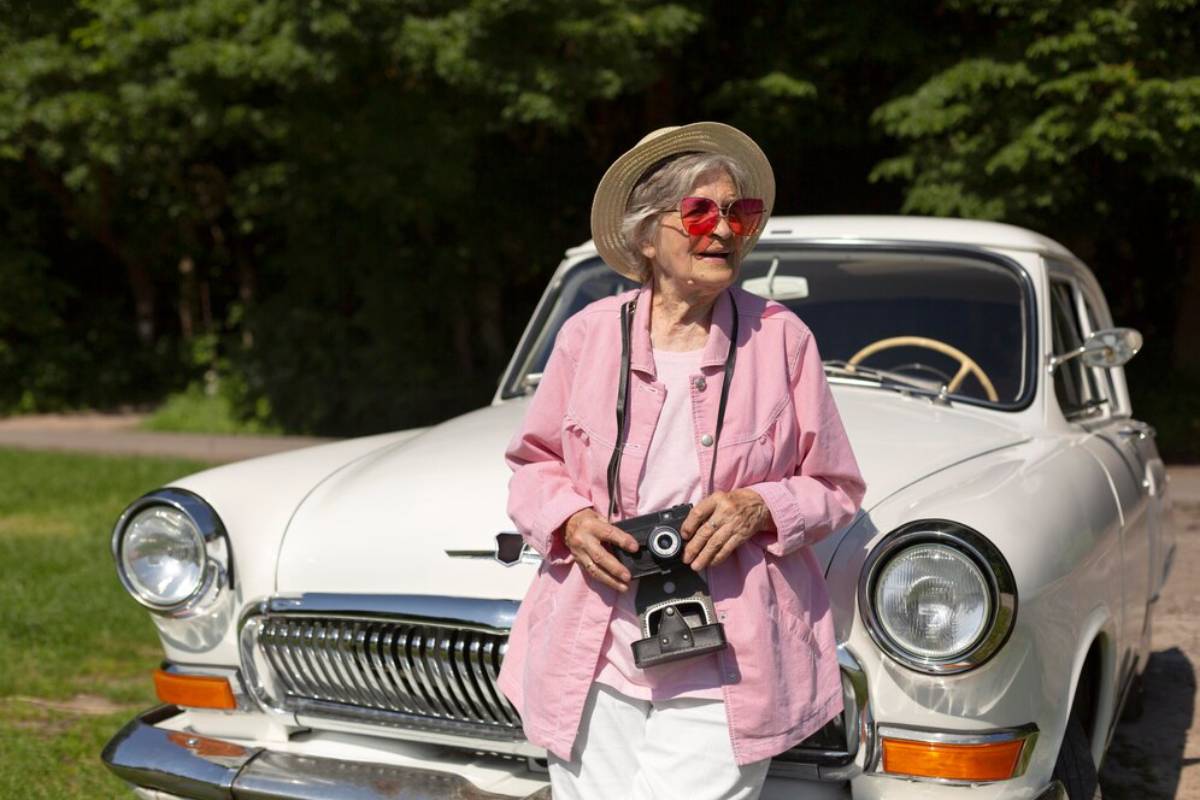
Collectability, Status, and Lifestyle
Owning a classic car is more than a hobby—it’s often a lifestyle statement. These vehicles are now widely associated with individuality, taste, and a love for the timeless.
Cultural Significance:
- Collectable vehicles are displayed at events like the Goodwood Revival or Pebble Beach Concours d’Elegance
- High-profile auctions are covered by major media outlets
- Celebrities and influencers showcase classic cars as part of their personal brand
Far from being seen as outdated, classic cars today represent cool, curated styles.
Sustainability Meets Heritage
Surprisingly, vintage car appeal has also found a place in sustainability discussions. Rather than scrapping old vehicles, many enthusiasts choose to preserve and maintain them—or even convert them to electric power.
Modern Innovations:
- EV conversion kits for models like the VW Beetle or classic Land Rovers
- Companies offering resto-mods, vintage styling with modern tech
- Interest in sustainable restoration practices and recycled materials
This fusion of heritage and forward-thinking helps classic cars remain relevant in a changing world.
Final Thoughts: Timeless Machines, Modern Icons
Discussing the legacy of classic cars, Romzhal’s article notes that their continued presence and appeal in fashion, film, music and media highlights their way of spanning generations. Rather, they represent more than just a love of driving; but also, a sensibility toward culture, identity, and art.
As long as nostalgia, craftsmanship and great storytelling are a timeless commodity, so is the power of classic cars in pop culture. Their design, sound and soul will continue to stroke — not only on the road — but in every other aspects of contemporary life of human beings.
Because in a world obsessed with the future, sometimes it’s the past that truly drives us forward.
